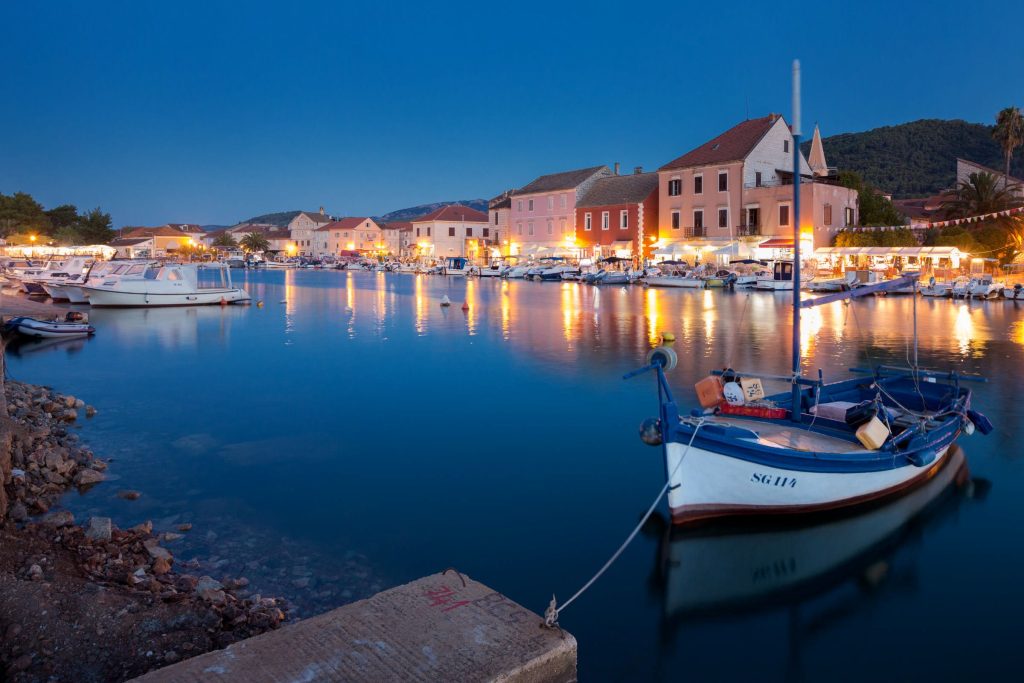September 20, 2023 – Check out this exclusive, never-before-aired documentary footage that testifies to the past of the Croatian regions and a way of life in Dalmatia that almost no longer exists. Only a few shots were shown in the show Plodovi Zemlje last spring. The author of the vast material is the late Vanja Žanko, agronomist and expert in wine and viticulture, caricaturist, diplomat, and envoy of the United Nations. Žanko is a chronicler of times that, at least on film, he tried to preserve from oblivion.
So similar and yet different, writes HRT. The picturesque Škor Square in Stari Grad on Hvar, where more than seventy years ago, along with citizens, heavy trucks with loads were frequent. These days it’s a different life. In front of the church of St. Stephen, in the same period, a pilgrimage. 70 years later, HRT found tourists there. The beauty of the Dominican monastery then and now has remained the same, untouched. Vanja Žanko recorded his life in Stari Grad in the early fifties of the last century. A time long gone and a man about whom too little is known.
“He produced some incredibly valuable film material and photos of the construction of the winery, but also about Stari Grad, and from these materials, it can be seen that the fields of the 50s and 60s were very well cultivated. Every piece of land was cultivated; there were vines. That was the only thing people did in that period, so it is of extreme importance. We have material from that period preserved, which is very interesting to us”, said Vilma Matulić, conservator and curator at the Museum of Stari Grad.
A small part, only a few minutes of material, is available to the public in the Viticulture Museum in nearby Pitve. A few minutes of extremely rich ethnographic material left by Vanja Žanko were selected. You can see “turnonje”, the old way of processing grapes into valuable drops.
“He beautifully recorded the entire process from harvesting in the vineyard, after which the grapes would be pressed right there and then driven in sacks on donkeys to the taverns”, described Marija Plenković, director of the Jelsa Municipality Museum.
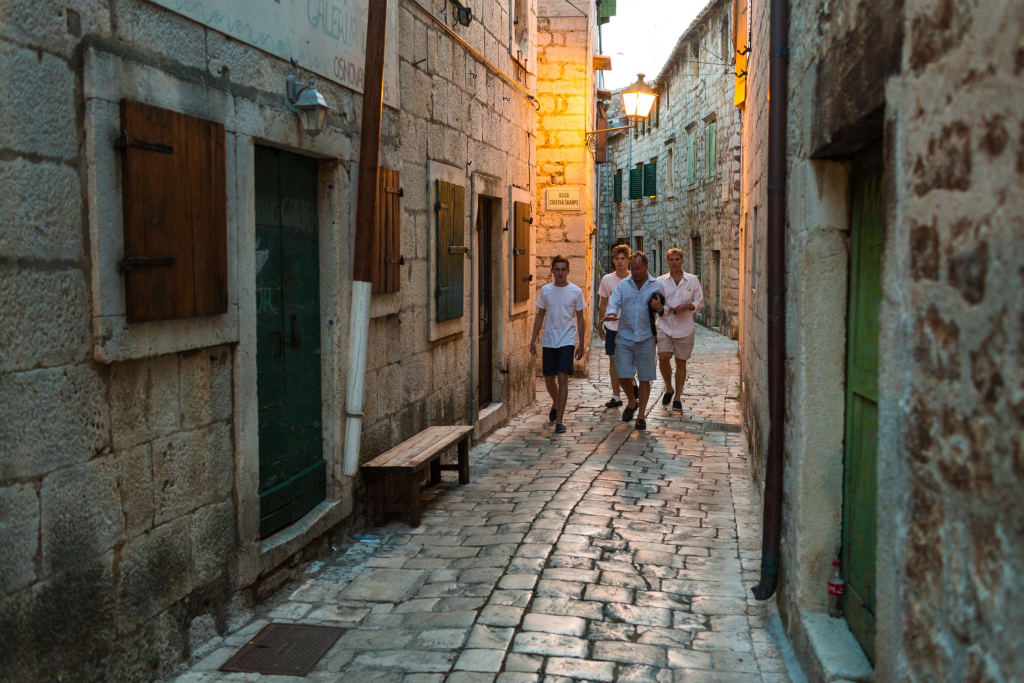
Footage Taken Over Three Decades
And this only possibility to see the recordings that Vanja Žanko made during three decades, makes Dunja Žanko Darrot happy. His daughter has been working hard to digitize and valorize this valuable material.
“The material that my father recorded is incredibly rich, and I’m sorry that it can’t be seen in its entirety because it requires a lot to realize it”, explained Dunja.
Žanko recorded 11 hours of material on his 16-millimeter camera from 1957 to 1967, says Dunja. There are 33 rolls and 5,000 meters of film, which, she continues, are kept in the State Archives in Zagreb.
“Unfortunately, the cannot be viewed as it is. It has to be digitized, and that’s a big problem, because it’s a lot of material that requires someone’s full attention, and I’ve been waiting for it for years”, said Dunja.
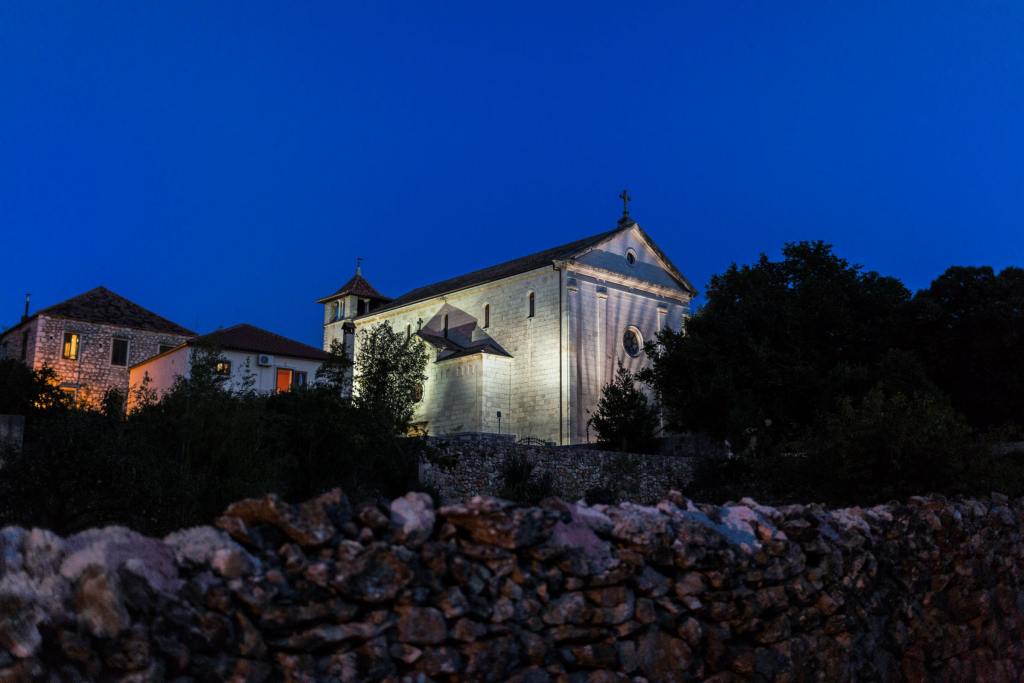
Time Travel
Watching the footage will take your breath away. It is a journey through time, in a time machine that stopped in cities all over Croatia and the former Yugoslavia, says Dunja, who comes from Paris, where she has lived since her youth, to her father’s house in Stari Grad every summer.
“Given his profession, during the grape harvest, he used to go from one winery to another to supervise the process. During his work, he always had a camera in his hand, 16-millimeter film, and recorded all the events he came across”, Dunja said.
Vanja recorded simple moments of life, which is no longer such, to be preserved for centuries. Those were the times when simple nets were full of fish, and hands were full of blisters. A lot of work and effort was woven into every bite and sip. It is one thing to read and learn about it today. It’s something completely different to see. Exactly these people and these efforts. Vanja wasn’t just filming.
Before that, he graduated in agronomy in Zagreb. He specialized in enology and winemaking in Montpellier, France, and at Berkeley in America. He worked in Algeria and at the United Nations. He built his house in Stari Grad in 1970.
“He came after 2 years because he was in Iran for 4 years in the 70s. Sent by the United Nations agricultural branch, UNIDO, he traveled all of Iran and made a list of all the vineyards with the potential to build wineries, the first modern winery in Iran”, said Dunja.
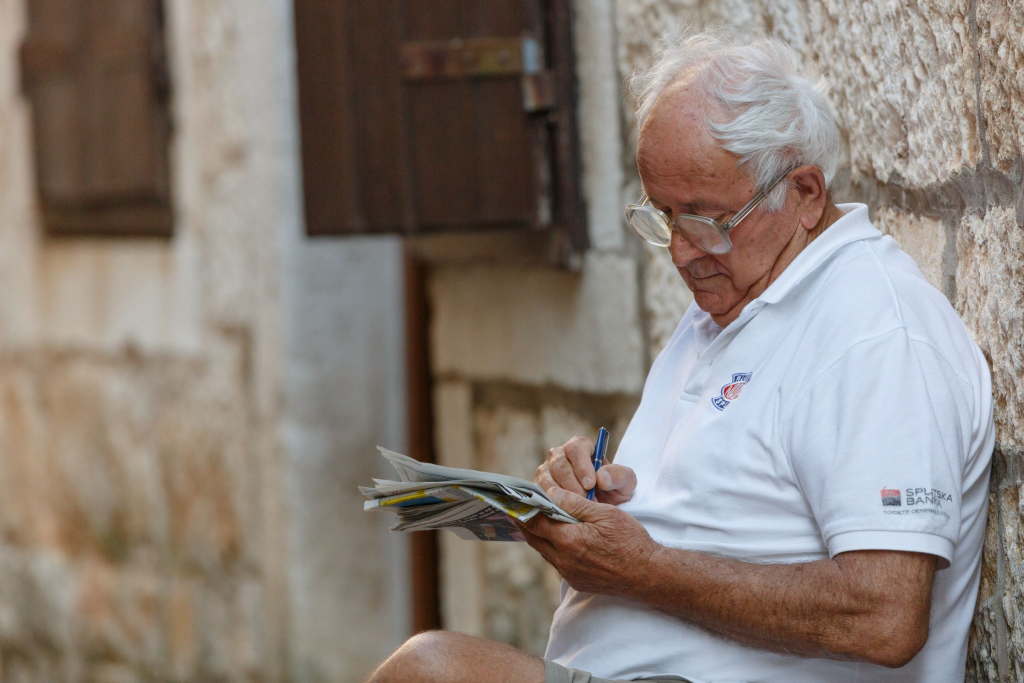
Wine Production
Caricatures of this versatile man with anti-Hitler messages were dropped by American planes over the occupied parts of Europe during the Second World War. He returned to his homeland in 1947 and began to industrialize wine production.
“He was a pioneer of a new type of winemaking and, with the architect Fabris built over 50 wineries throughout Yugoslavia, mostly in Dalmatia”, Dunja pointed out.
He was interested in his profession, life, customs, but also progress. With his experience and knowledge of new methods of improving the quality of wine, Vanja wanted to help people live better and have it easier. He wanted to start exporting. He had the mind of a businessman.
“Before, people made their own wine without knowing anything. And with the new wineries that were built from the economic side, people brought their own wine. The posters noted how much, ensuring winegrowers were paid fairly”, said Dunja.
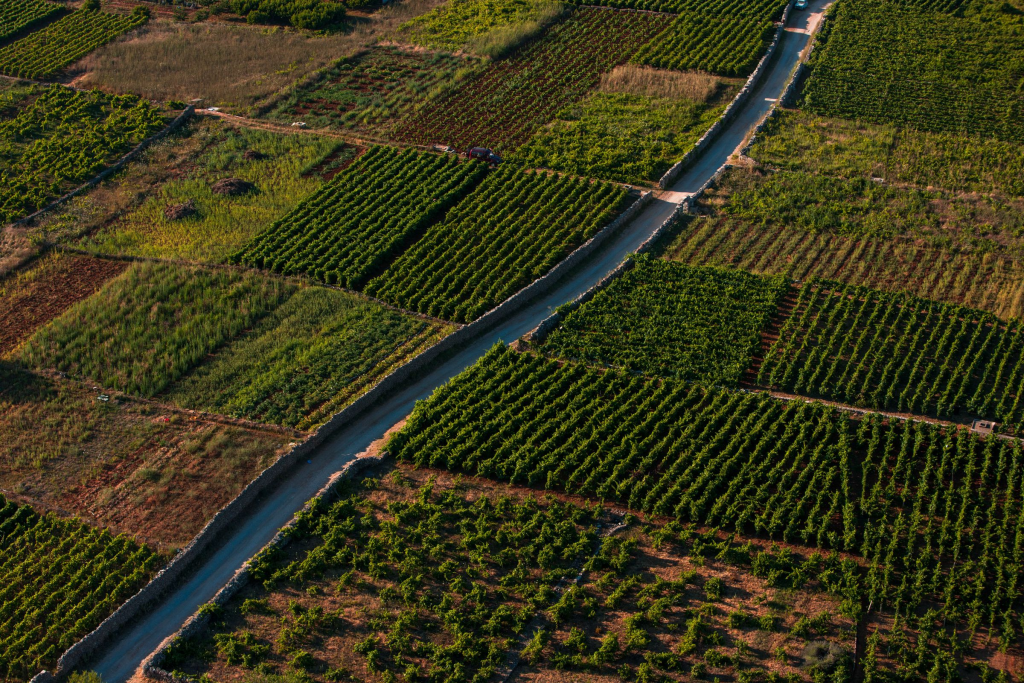
A Special Man
Dunja was always aware that her father was different.
“But I have to admit that I only saw his real value when I grew up, over the years. Maybe I didn’t feel that way when I was young because I viewed him as a father, and now I see him as a special person”, she said.
Vanja Žanko left behind a beautiful testimony of the beauty and cruelty of life as it was. In 2012, the exhibition Stari Grad Winery was held in the Stari Grad Museum. It was an architecturally valuable building, one of the most beautiful examples of industrial architecture from the time of post-war reconstruction, and at the time of its opening, it was the most modern winery in Croatia.
Vanja Žanko’s unfulfilled dream was a feature-length documentary called “Dalmatia Saved from Oblivion”. At the first edition of the Dalmatia Film Festival, short excerpts of Žanko’s material were shown, and the project for a new documentary film, which was never realized. Financial and systematic support is needed for that.
The material needs to be digitized and restored, and the silent recordings need to be voiced. The legacy of Vanja Žanko, sad Dunja, is still languishing in the State Archives. She hopes it does stay there forever.

